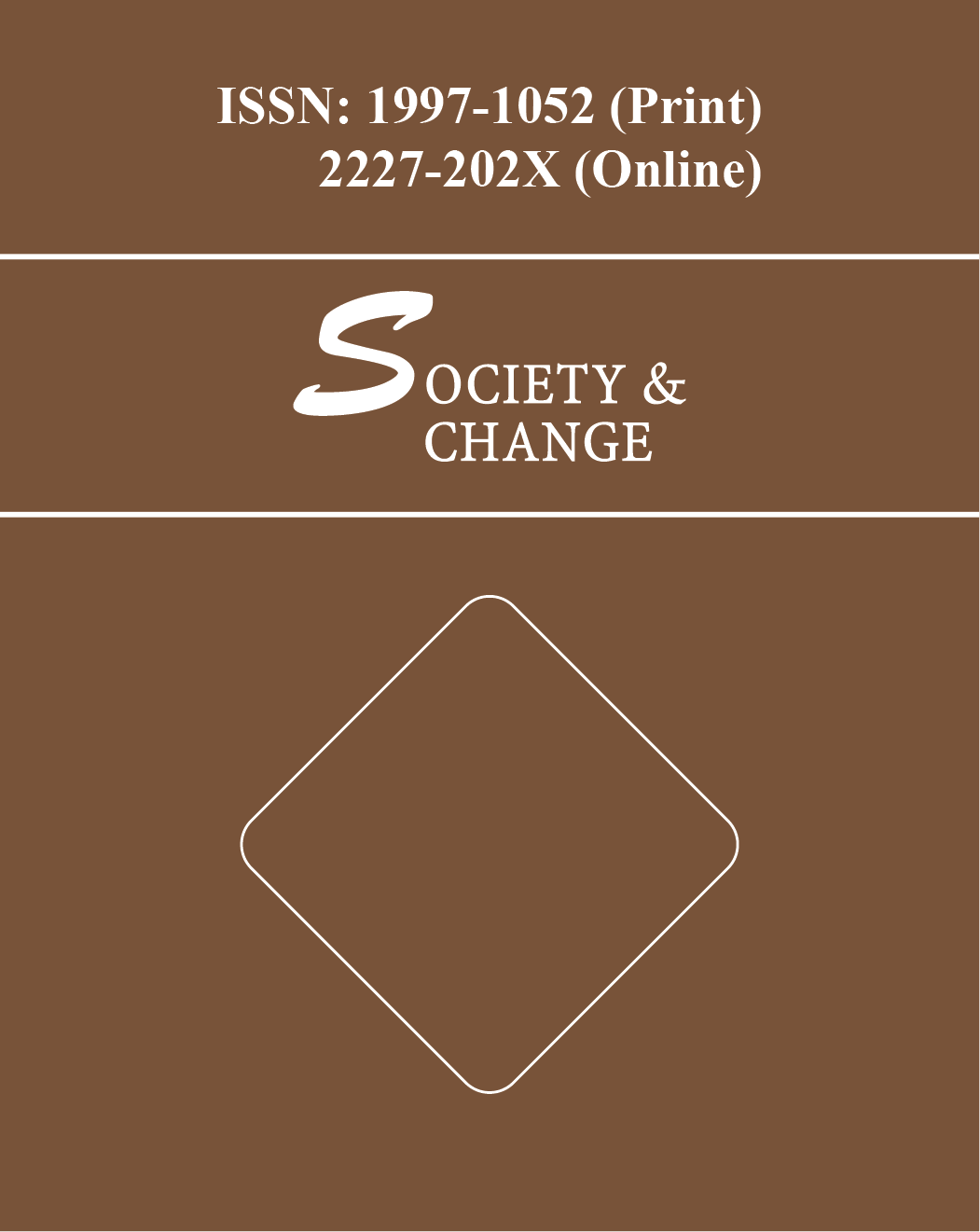The objective of the research was to understand adolescent girl’s health seeking behavior who lives in urban area. Data were collected using unstructured interview guides and tape recordings. The interviewers revealed that a number of factors create barriers to utilize health care service by adolescent girls. Some of these are social, some economic, some religious/cultural and others are related to health care system itself. Social barriers identified included- dependency because of girls need someone accompany, discrimination, the low family decision making process, and the perceived sigma of having some illness. Economic barriers included- family poverty, cost of health care service. Religious and cultural barriers identified were- restricted mobility of girl under Purdah, belief in evil spirits. Finally health care system barriers that were identified include- distance to health service, lack of female doctor, long waiting time, the behavior of doctor, biter experience, lack of suitable environment. These themes are described in detail below.
Using a Social Determinant of Health perspective, this paper analyzed existing literature on adolescent health care utilization in Dhaka who identifies social, economic and cultural forces that heighten the vulnerability of such excluded groups. It is found that poverty privacy and shame are major exclusionary factor. The paper provides some recommendation so that the social exclusion of this high risk group can be reduced and minimized.



 INSEARCH 2025: 10th International Integrative Research Conference on Governance in Society, Business and Environment
INSEARCH 2025: 10th International Integrative Research Conference on Governance in Society, Business and Environment